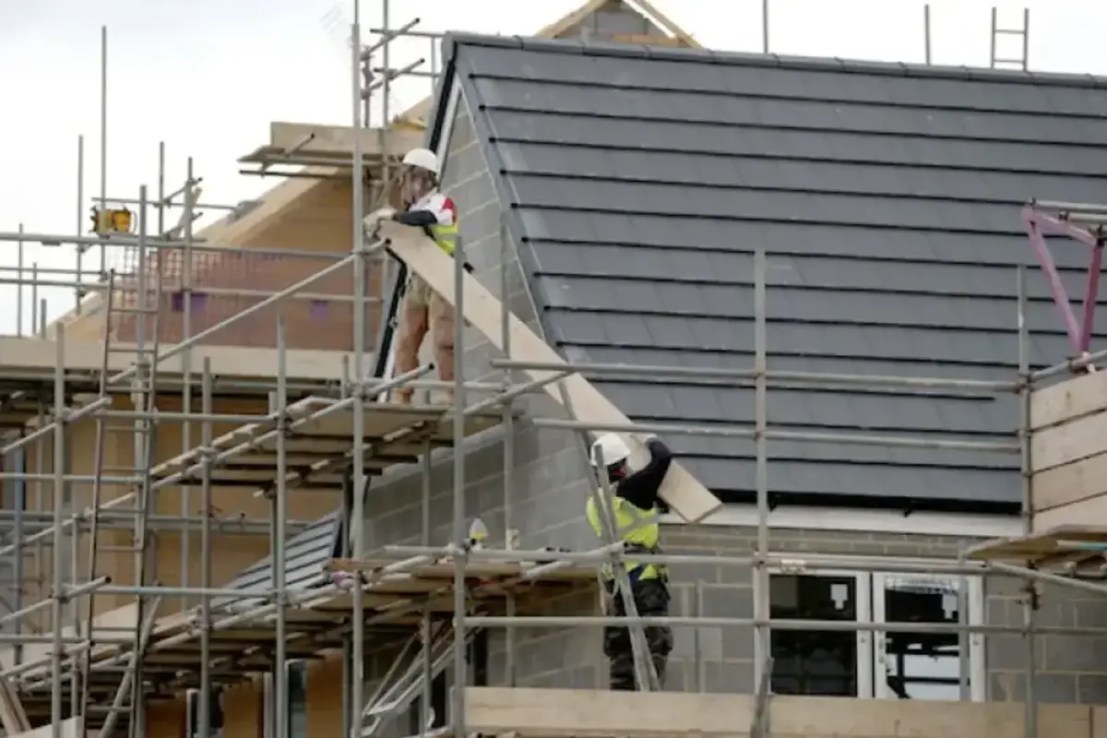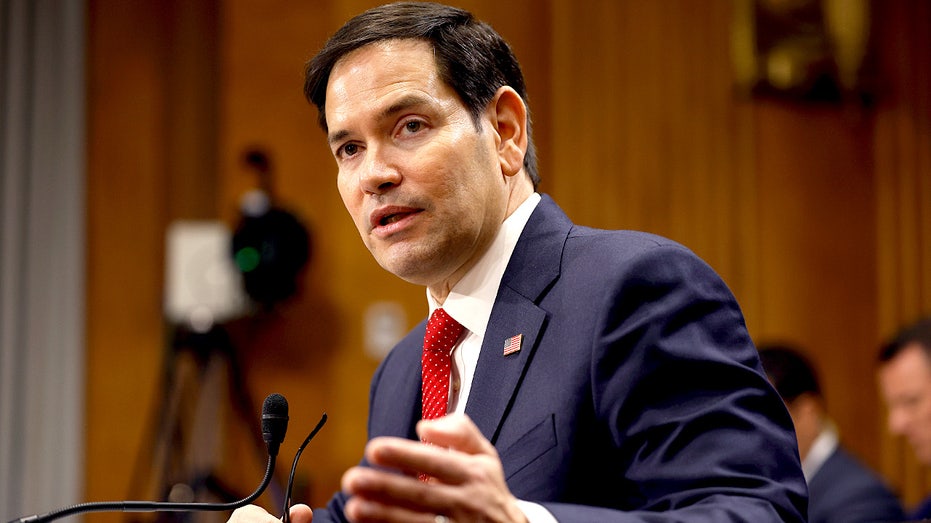Housebuilding boost as stamp duty ‘disruptions’ fade


Housebuilding stopped the construction sector from crumbling as an increase in residential work in June was recorded for the first time in nine months, fresh data has suggested.
S&P Global’s purchasing managers’ index (PMI) for construction showed the sector improved slightly from May, with the decline in total business activity at the lowest level since January.
Researchers said higher levels of residential work, which rose to 50.7, above the 50-point benchmark figure for neutrality, came as a result of “more stable demand conditions”.
A rise in stamp duty rates on houses costing from £125,000 upwards which kicked into effect in April risked putting off home buyers and stifling demand, according to recent research by Rightmove.
Yet firms surveyed by S&P Global said the upturn in new projects and sales pipelines helped to boost housebuilding, the only category of construction work to expand in June.
Economists believe the area of construction could see further gains in the coming months as “stamp duty disruptions” wind down.
“Housing activity could perform particularly well going forward,” said Pantheon Macroeconomics’ Elliott Jordan-Doak.
“The Office for Budget Responsibility (OBR) forecasts dwellings completions to rise strongly on the back of the government’s planning reforms, while the FCA’s recommendations to ease affordability calculations for mortgagors could also unlock demand.”
“Admittedly, sticky interest rates and chaotic policymaking in the US are likely to weigh on UK [construction] growth but probably not much.”
Housebuilding boost overclouded by pessimism
Other areas including commercial and civil engineering saw smaller workloads, with commercial activity falling at the sharpest rate in more than five years.
Staffing numbers also continued to fall due to higher employment taxes set by Chancellor Rachel Reeves while purchasing costs of materials such as concrete and timber grew, though the overall rate of inflation eased for the third month.
More worryingly, expectations for the next year dropped to the lowest level in two and a half years due predictions business investment could decline.
“Recent PMI readings appear to have been overly pessimistic and have probably been reflective of a shift in business sentiment rather than activity,” EY ITEM Club economist Matt Swannell said.
“It’s eye catching that the survey has been in negative territory over the course of this year, but official estimates suggest construction activity has increased this year-to-date. However, it remains clear that the sector will face several headwinds over the coming quarters.






